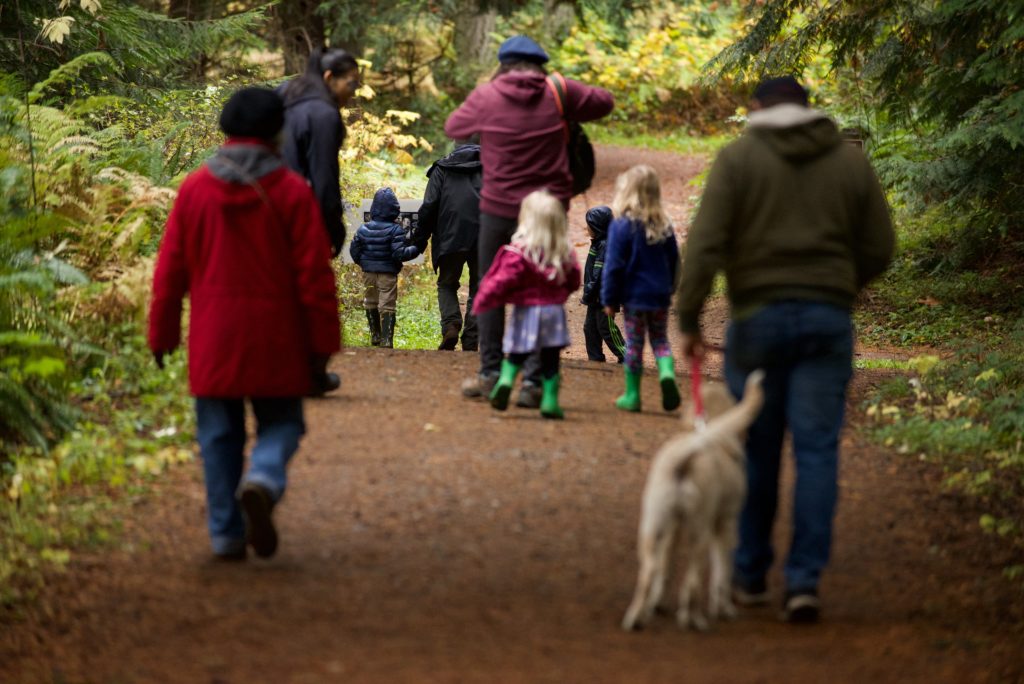
The walking pace recommended for improving physical fitness levels is 100 steps/minute. But, rates like this are tricky because a fitness-making pace actually depends on your current fitness level.
If you're just getting started (going from the couch to a 5K as one of you so cleverly put it), then YOUR fitness-making pace might be slower. Or, if you’re already used to walking at 100 steps/min you might need to be walking faster.
Also, all walking is beneficial no matter the pace. Those <100 steps/min are also valuable. Your parts are moving, right? RIGHT. This isn’t to discourage you from working on walking faster—work on that!—but to add nuance to our collective understanding of how movement works. The benefits from slower walking are not eliminated by the fact that going fast has its own unique benefits.

P.S. If you can't walk faster and you're already comfortable walking 100 steps/min, choose uphill or stair-ed routes, or carry a load to challenge your fitness level while traveling at the same pace.
P.P.S. Measuring your steps-per-minute is pretty freaking boring. A fun way to challenge your pacing is to use a song's beats-per-minute (bpm) as your stepping-rate guide. Beyonce’s "Crazy in Love" and Stevie Wonder's "Superstition" are 100bpm. You can try some 120bpm for comparison: "I Wanna Dance With Somebody" by Whitney Houston, "Enter Sandman" by Metallica, "Don’t Stop Believin'" by Journey. You can check your pace by humming a few bars to see how your steps measure out. Spotify has playlists that organize songs by bpm; you can tune in to tune (your counting) out. GET IT?

Adding two daily 15-minute walks is just one easy way to move more each day. You can find two other ways here. If you want to learn more about walking, check out my best walking articles and resources.